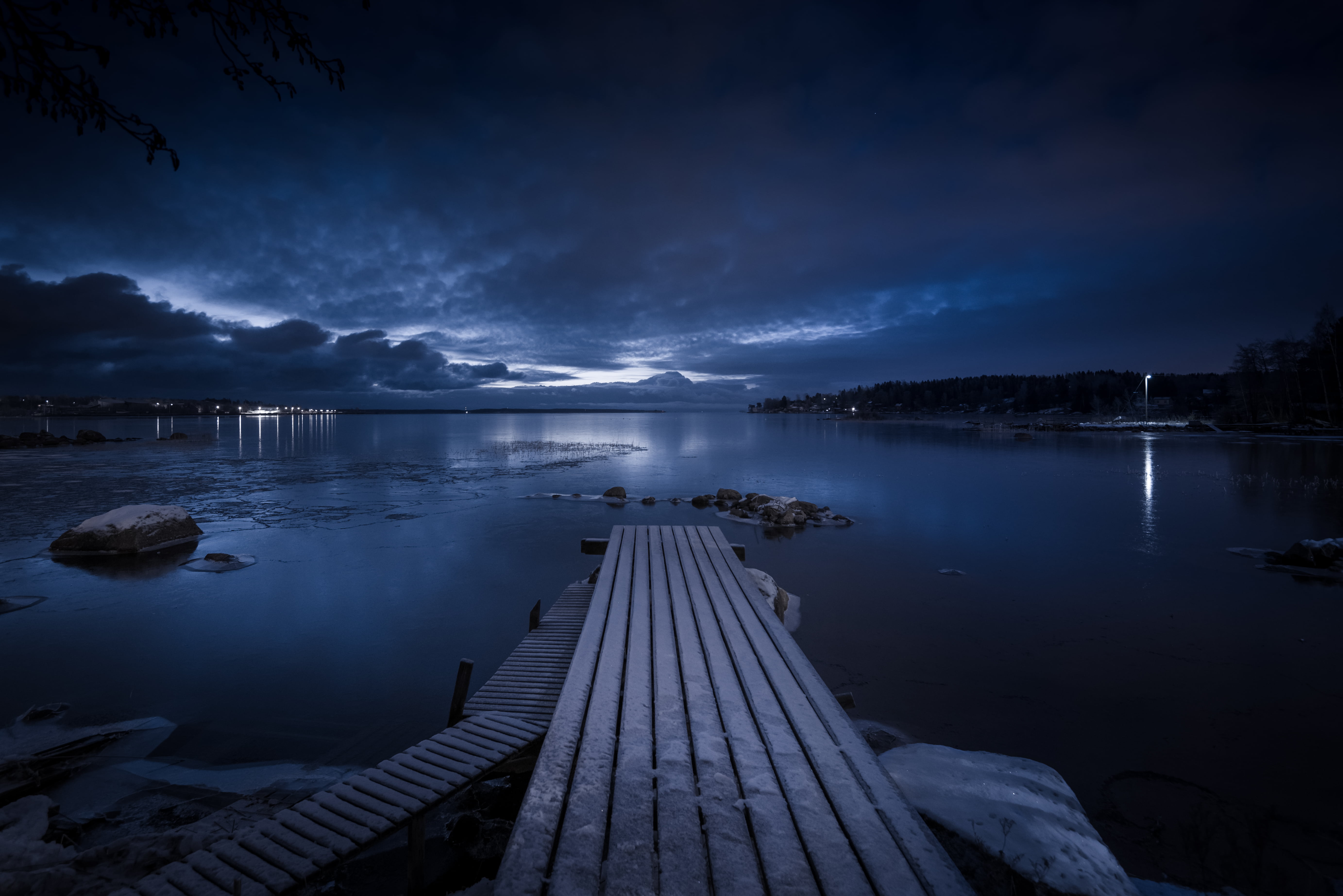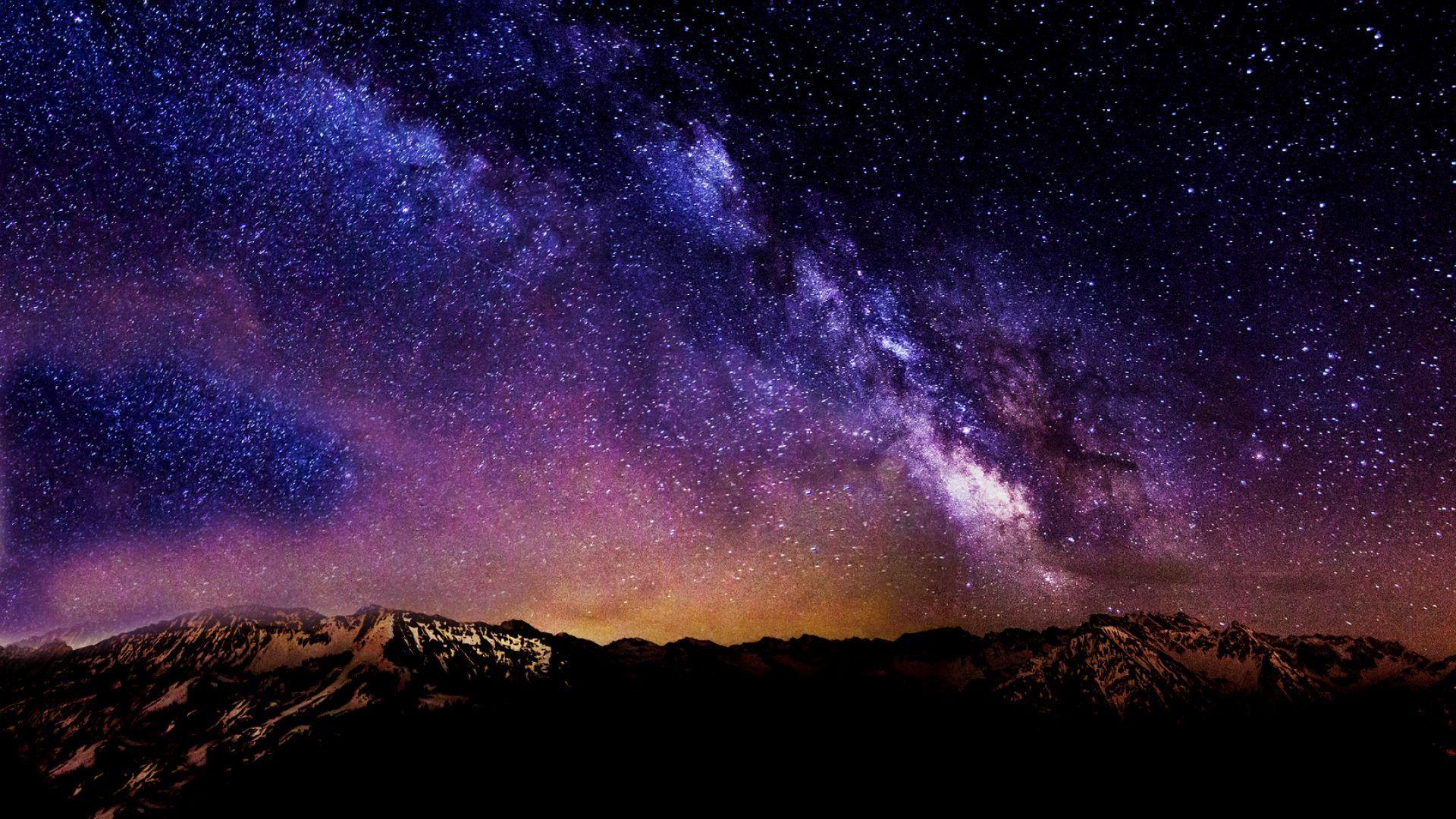Unveiling The Horrors: Night Stalker Crime Scene Photos
Table of Contents
- Richard Ramirez: The Man Behind the Moniker
- The Reign of Terror: Richard Ramirez's Crime Spree
- Night Stalker Crime Scene Photos: A Glimpse into the Brutality
- The Hunt for the Night Stalker: Evidence and Identification
- Beyond Ramirez: Other "Night Stalkers" and Their Legacies
- The Public's Fascination: Morbid Curiosity and True Crime
- The Ethical Dilemma: Displaying Crime Scene Imagery
- The Enduring Impact of the Night Stalker
Richard Ramirez: The Man Behind the Moniker
Before the world knew Richard Ramirez as a convicted killer, he was known as the Night Stalker. This moniker, coined by the media, captured the terrifying essence of his attacks – random, brutal, and often carried out under the cover of darkness. His crime spree, which included murders, sexual assaults, and burglaries, instilled widespread fear among residents and garnered significant media attention. The public was desperate for answers, for any clue that would lead to the apprehension of the individual responsible for such unspeakable acts. The sheer audacity and randomness of his crimes, targeting victims of all ages and backgrounds, made him particularly terrifying. The **Night Stalker crime scene photos** from this period would later reveal the horrifying extent of his depravity. Ramirez's criminal activities spanned from April 1984 to August 1985. During this period, the fear he instilled led many residents to take unprecedented precautions, from sleeping with windows closed in the sweltering summer heat to purchasing firearms and installing elaborate security systems. The sense of vulnerability was pervasive, and the media, in its effort to inform and warn the public, inadvertently amplified the terror, creating a feedback loop of anxiety and speculation. Understanding the man himself, his background, and the context of his crimes is crucial to grasping the full impact of the fear he generated and the significance of the evidence that ultimately led to his downfall.Biography of Richard Ramirez
Richard Leyva Ramirez was born on February 29, 1960, in El Paso, Texas. His early life was marked by instability and exposure to violence. He was raised in a troubled home environment, and by his teenage years, he had begun engaging in petty crimes and drug use. His descent into severe criminality was gradual but steady, fueled by a growing fascination with Satanism and an increasing detachment from conventional morality. He drifted to California in the early 1980s, where his violent tendencies escalated, culminating in the horrific spree that earned him the "Night Stalker" title. His transformation from a troubled youth to one of America's most infamous serial killers is a stark reminder of the complex interplay of psychological, social, and environmental factors that can contribute to extreme criminal behavior. The investigation into his crimes and the subsequent trial brought to light the chilling details of his methods and motivations, forever etching his name into the annals of true crime history.Personal Data: Richard Ramirez
| Full Name | Ricardo Leyva Muñoz Ramirez |
| Known As | The Night Stalker, The Walk-In Killer, The Valley Intruder |
| Born | February 29, 1960, El Paso, Texas, U.S. |
| Died | June 7, 2013 (aged 53), Greenbrae, California, U.S. |
| Cause of Death | Complications from B-cell lymphoma |
| Victims | At least 13 murders, 5 sexual assaults, 11 burglaries, 14 attempted murders |
| Period of Activity | April 1984 – August 1985 |
| Conviction | 13 counts of murder, 5 counts of attempted murder, 11 counts of sexual assault, 14 counts of burglary |
| Sentence | Death by gas chamber (commuted to life in prison due to California's moratorium on executions) |
The Reign of Terror: Richard Ramirez's Crime Spree
Ramirez's modus operandi was terrifyingly unpredictable, which only amplified the public's fear. He would often enter homes through unlocked windows or doors, attacking residents with whatever weapons he found – guns, knives, hammers, or even his bare hands. His victims, who ranged in age from young children to the elderly, were chosen seemingly at random, adding to the pervasive sense of vulnerability across Southern California. The brutal murders, sexual assaults, and burglaries he committed left communities shattered and law enforcement scrambling for clues. Each new crime scene brought with it a fresh wave of terror, and the media, in its relentless coverage, ensured that the "Night Stalker" was a constant presence in the minds of Angelenos. The sheer volume and diversity of his crimes made it difficult for investigators to establish a clear pattern initially. He attacked in different areas, used different weapons, and targeted different demographics. This lack of a consistent signature made the task of identifying and apprehending him incredibly challenging. However, it was the meticulous work of forensic investigators, painstakingly collecting evidence from each scene, that would eventually build the case against him. The **Night Stalker crime scene photos** from this period were not just records of suffering but crucial puzzle pieces in a complex investigation, each one holding a potential clue to the identity of the elusive killer. These images, though disturbing, were essential for documenting the details of the attacks, preserving the integrity of the evidence, and ultimately, for securing a conviction.Night Stalker Crime Scene Photos: A Glimpse into the Brutality
For the morbidly curious, and more importantly, for those seeking to understand the grim realities of criminal investigations, **Night Stalker crime scene photos** offer an unfiltered, albeit disturbing, look into the aftermath of horrific violence. These images are not merely snapshots; they are forensic records, each detail meticulously captured to aid in solving the case. They represent the raw, uncensored side of true crime, showing the horrors some of the most notorious murderers in history put their helpless victims through. Unlike curated media portrayals, these photos convey the true brutality of killers like Ted Bundy, Jeffrey Dahmer, and the Manson Family, and certainly, Richard Ramirez. Stock photos and archival footage related to the Night Stalker case are available for both RF (royalty-free) and RM (rights-managed) licensing, allowing researchers, documentarians, and journalists to explore authentic Night Stalker stock photos and images for their projects or campaigns. Getty Images, for instance, offers a vast collection, promising "less searching, more finding" for those seeking to delve into the visual history of this infamous case. These collections often include not only the grim aftermath but also images of the investigation, the evidence, and the people involved, providing a comprehensive visual narrative of the events.The Mission Viejo Attack: A Key Piece of Evidence
One of the crucial moments in the investigation involved a specific crime scene in Mission Viejo. An Orange County deputy stands near the 76 Toyota station wagon that Night Stalker Richard Ramirez used in his attack in Mission Viejo. This vehicle, stolen from Bill Gregory, became a vital piece of evidence. Next to the car, a coroner's crime scene investigation truck signifies the gravity of the situation and the methodical approach taken by authorities. When Night Stalker Richard Ramirez stole Bill Gregory's Toyota station wagon, there was religious paraphernalia inside, a detail that provided a peculiar, unsettling insight into the killer's disturbed mind and potential motivations. The meticulous documentation of this scene, including the vehicle and its contents, was paramount. Such details, seemingly minor at first glance, often prove to be the critical links that connect a perpetrator to their crimes. The presence of the religious items, though not directly leading to an immediate arrest, contributed to the growing profile of the suspect and added another layer to the already chilling narrative of the Night Stalker's reign. These images, part of the broader collection of **Night Stalker crime scene photos**, were instrumental in painting a complete picture for investigators and, eventually, for the jury.Cheri Domingo and Greg Sanchez: A Tragic Scene
Among the many tragic incidents attributed to Richard Ramirez, the murders of Cheri Domingo and Greg Sanchez stand out as particularly harrowing. They were murdered in their home on July 27, 1981, an earlier date than the widely reported start of Ramirez's main crime spree in 1984, indicating a potential earlier onset of his violent activities or a connection that was later established. The crime scene photos from this specific location would have captured the brutality of the attack, providing investigators with crucial insights into the killer's methods and the extent of his violence. These images, along with others from various locations, cover a variety of Los Angeles sins, from a detective's murder in 1932 to the frantic search for clues in the Night Stalker case of 1988. The sheer volume of crime scenes linked to Ramirez, each with its own set of horrific details, underscored the immense challenge faced by law enforcement. Each photo, each piece of evidence, was painstakingly collected and analyzed in the desperate search for patterns, for anything that could lead them to the elusive killer. The cases of Cheri Domingo and Greg Sanchez are a grim testament to the widespread terror and the indiscriminate nature of Ramirez's attacks, highlighting the personal tragedies behind the sensational headlines.The Hunt for the Night Stalker: Evidence and Identification
The hunt for the Night Stalker was one of the most intense and widespread manhunts in California history. Law enforcement agencies across multiple counties collaborated, pooling resources and information in a desperate bid to stop the escalating violence. Fox 11 got exclusive access to the evidence that led to the identification and arrest of Richard Ramirez, otherwise known as the Night Stalker. This access provided a rare glimpse into the meticulous work of detectives and forensic experts who pieced together the puzzle. The evidence included fingerprints, shoe prints, and eyewitness accounts, all of which were painstakingly gathered from various crime scenes. The Night Stalker documentary, a film exploring the case, includes archival footage and crime scene photographs to illustrate the brutality of Ramirez's crimes. The film also explores the media frenzy surrounding the case and its impact on the public. These visual aids, while disturbing, are essential for conveying the gravity of the situation and the terror that gripped communities. Examining the evidence and solving the case became a public obsession, fueled by daily news reports and the constant threat of another attack. The eventual identification and arrest of Ramirez were a direct result of the relentless pursuit of justice, culminating in a dramatic capture by an angry mob in East Los Angeles after his image was widely circulated. The **Night Stalker crime scene photos** were not just records; they were tools that helped bring a monster to justice.Beyond Ramirez: Other "Night Stalkers" and Their Legacies
While Richard Ramirez is the most infamous figure associated with the "Night Stalker" moniker, it's important to acknowledge that the title has been applied to other serial offenders, highlighting a disturbing pattern of similar criminal behavior across different regions and time periods. This shared nomenclature can sometimes lead to confusion, but it also underscores the terrifying archetype of a predator who strikes under the cloak of darkness. Joseph James DeAngelo, also known as the Original Night Stalker, who began his crime spree in California in 1976, shared a similar moniker to the public. He was also known as the East Area Rapist / Original Night Stalker (aka Golden State Killer) and was identified as Joseph James DeAngelo Jr. He committed at least 13 murders, 50+ rapes, and 120+ burglaries in California between 1973 and 1986. His long reign of terror, spanning decades, was finally brought to an end through advancements in DNA technology and genealogical research. Another individual, Delroy Grant, a serial rapist who operated in London during the 1990s and 2000s, was sometimes referred to by the British media as the Night Stalker. While his crimes were primarily sexual assaults rather than murders, his method of targeting elderly victims in their homes under the cover of night drew parallels to the chilling nature of Ramirez's attacks. These cases, though distinct, collectively contribute to the dark tapestry of true crime history, demonstrating the pervasive fear generated by such nocturnal predators. The **Night Stalker crime scene photos** and evidence from these varied cases, though not directly linked, illustrate the universal horror these types of crimes inflict.The Original Night Stalker: Joseph James DeAngelo
Joseph James DeAngelo's case is particularly compelling due to the sheer volume and longevity of his crimes, as well as the groundbreaking forensic techniques that ultimately led to his capture decades after his first offenses. His spree, which predated Ramirez's, instilled a similar, if not greater, level of fear in the communities he targeted. Crime scene photos from the murder investigation of Devlin Beauchamp, who was bludgeoned to death in his bathtub, are just one example of the brutal aftermath of DeAngelo's attacks. These images, like those from Ramirez's case, serve as crucial evidence, allowing investigators to examine the evidence and solve the case, even years later. The resolution of the Golden State Killer case provided immense relief to countless victims and their families, showcasing the enduring power of forensic science and dedicated investigative work.The Public's Fascination: Morbid Curiosity and True Crime
The human fascination with true crime, particularly with cases involving serial killers and their gruesome acts, is a complex phenomenon. For the morbidly curious, 16 absolutely chilling photos from serial killer and sex offender cases that'll haunt you for eternity offer a glimpse into the darkest corners of human behavior. These serial killer crime scene photos show the horrors some of the most notorious murderers in history put their helpless victims through. It's a desire to understand the inexplicable, to peer into the abyss of evil, and perhaps, to feel a sense of relief that such events are distant or have been resolved. The popularity of true crime podcasts, documentaries, and books underscores this enduring interest. People enjoy exploring the dark, uncensored side of true crime, not necessarily out of a desire for gore, but often from a need to comprehend the motivations behind such atrocities, the investigative processes that bring perpetrators to justice, and the psychological impact on victims and society. The **Night Stalker crime scene photos**, though disturbing, are part of this broader narrative, serving as historical documents that inform and educate, even as they shock. They are a testament to the fact that evil exists, but also to the resilience of the human spirit and the relentless pursuit of justice.The Ethical Dilemma: Displaying Crime Scene Imagery
While there's a clear public interest in understanding historical crimes and the investigative process, the display of graphic crime scene imagery, such as **Night Stalker crime scene photos**, presents a significant ethical dilemma. On one hand, these images are vital forensic evidence, crucial for documenting the truth of what occurred and for educating future generations about the realities of crime. They serve as a stark warning and a testament to the victims' suffering, preventing the sanitization or romanticization of brutal acts. For legal and educational purposes, their value is undeniable. On the other hand, the privacy and dignity of victims and their families must be paramount. The gratuitous display of such images can be exploitative, re-traumatizing, and disrespectful. Many argue that the details of a crime can be conveyed effectively through narrative and less graphic visual aids, without resorting to images that may cause undue distress or sensationalize tragedy. The challenge lies in balancing the public's right to know and learn with the ethical responsibility to protect the vulnerable and respect the deceased. Media outlets and true crime creators often grapple with this, striving to inform responsibly while avoiding sensationalism and exploitation.The Enduring Impact of the Night Stalker
The reign of the Night Stalker, Richard Ramirez, left an indelible mark on California and on the collective consciousness of the nation. The fear he instilled, the lives he shattered, and the sheer randomness of his violence created a period of unprecedented terror. The **Night Stalker crime scene photos**, though difficult to view, are a crucial part of this historical record, offering a raw and unvarnished look at the devastation he wrought. They serve as a testament to the meticulous work of law enforcement, who painstakingly gathered every piece of evidence, and to the resilience of the communities that endured his reign of terror. Beyond the immediate horror, the case profoundly impacted forensic science and investigative techniques, pushing boundaries in evidence collection and analysis. It also highlighted the powerful role of media in both informing and shaping public perception during a crisis. The story of the Night Stalker continues to resonate, not just as a cautionary tale of human depravity, but as a reminder of the enduring pursuit of justice and the importance of remembering the victims. We invite you to share your thoughts on the ethical considerations of true crime imagery in the comments below. Have you ever felt that certain details or images crossed a line? Your perspective helps foster a more informed discussion around these complex topics. If you found this article insightful, consider exploring other historical true crime analyses on our site.
Night Wallpaper 4K, Landscape, Surreal, Windows 11

Night Time Scene

Beautiful Night Sky Wallpapers - Top Những Hình Ảnh Đẹp